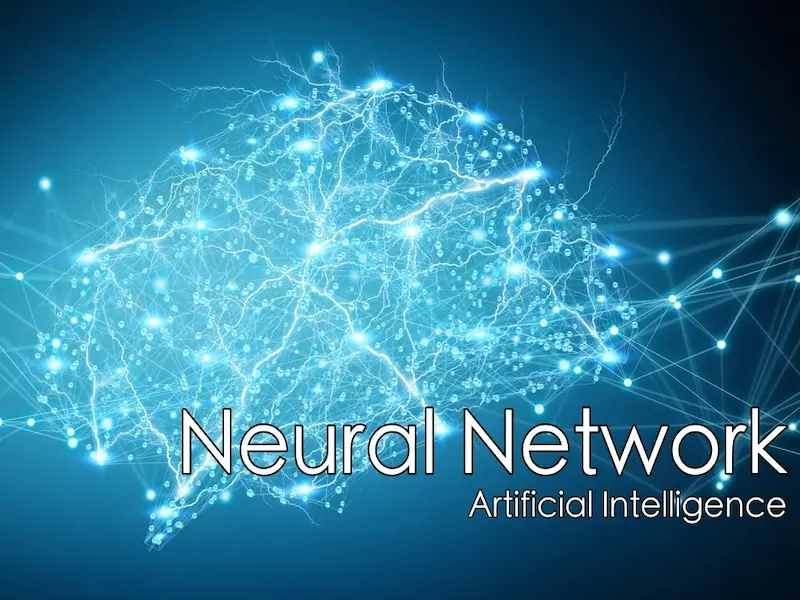- Neural network AI is a computational model inspired by the structure and functioning of the human brain, designed to recognise patterns and solve complex problems.
- Neural network AI consists of interconnected nodes, called neurones, which work together to process information and make decisions.
Neural network AI is a type of artificial intelligence that mimics the way the human brain processes information. It is designed to recognise patterns, learn from data, and make decisions or predictions. This AI model is built from layers of interconnected nodes, known as neurones, which work together to process and interpret input data.
How does neural networks work?
Input layer: The input layer receives raw data that needs to be processed. Each neurone in this layer represents a specific feature or attribute of the data, such as pixels in an image or words in a sentence.
Hidden layers: These layers sit between the input and output layers and are responsible for processing the data. The neurones in hidden layers apply mathematical transformations to the inputs, allowing the network to detect patterns and relationships within the data. The more hidden layers a network has, the more complex patterns it can learn, which is why deep learning models often have many hidden layers.
Output layer: The output layer produces the final result of the neural network’s processing. This could be a classification, prediction, or decision based on the input data. For example, in an image recognition task, the output layer might indicate whether an image contains a cat or not.
Learning process: Neural networks learn through a process called back propagation, where the network adjusts its internal parameters based on the difference between its predictions and the actual results. Over time, this learning process improves the accuracy of the network’s predictions.
Also read: Interview with Du Junping, founder and CEO of Datastrato: Driving innovation in data and AI
Also read: Copyright in the AI era: CNKI’s challenge to Metaso AI
Applications of neural network AI
Neural networks are used in a wide range of applications due to their ability to model complex relationships in data. Some common uses include:
Image and speech recognition: Neural networks can identify objects in images or recognise spoken words, enabling technologies like facial recognition systems and virtual assistants.
Natural language processing (NLP): They are used to understand and generate human language, powering applications like chatbots, translation services, and sentiment analysis.
Predictive analytics: Neural networks can predict future trends or outcomes based on historical data, which is valuable in fields like finance, healthcare, and marketing.
Autonomous systems: They are essential in developing self-driving cars, drones, and robots, where real-time decision-making based on sensory data is critical.
Neural network AI is a powerful and versatile tool that enables machines to learn from data and perform complex tasks, often surpassing traditional algorithms. Its structure, inspired by the human brain, allows it to recognise patterns, make decisions, and adapt to new information, making it a cornerstone of modern AI applications.

